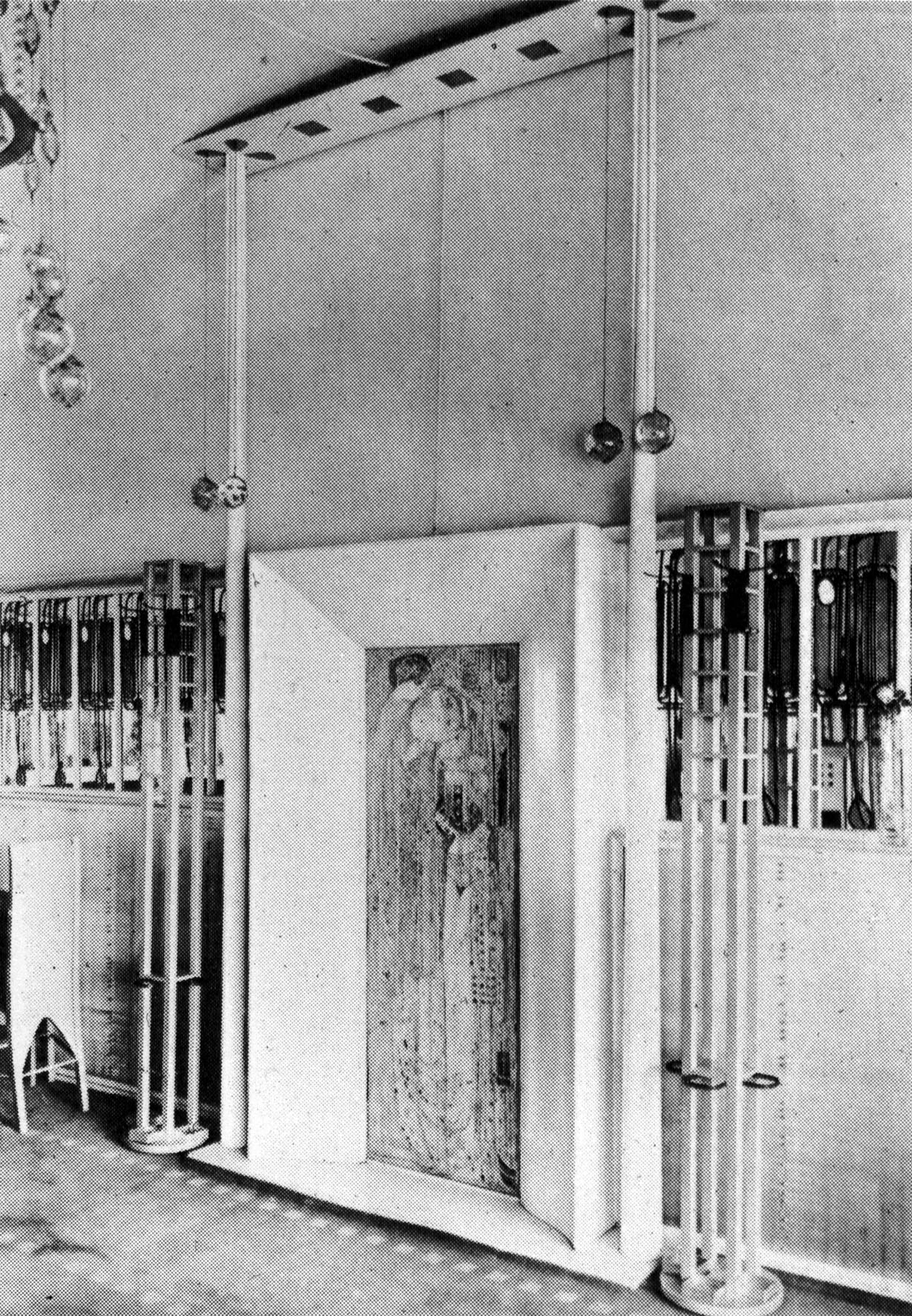
Lot 289

CHARLES RENNIE MACKINTOSH
COAT AND STICK STAND, CIRCA 1904


Auction: 22 April 2009 at 12:00 BST
Description
overpainted wood and painted steel, with four square uprights, intersected by eight platform supports and applied with four pegs for coats and three hoops for sticks, the whole raised on a circular base with four square insets for drip trays (now lacking)
Dimensions
202.5cm high, 30cm diameter at base, 15cm across column
Footnote
Literature; Billcliffe. Roger, 'Charles Rennie Mackintosh: The Complete Furniture, Furniture Drawings and Interior Designs', Lutterworth Press, 1979, pages 128-137 and 158, plates 1903.K and 1904.23.
Note;
This striking hallstand was one of four ordered for the Room de Luxe from Francis Smith and one of the last of Mackintosh's designs made for the Willow Tearooms before they opened in October 1904. The Room de Luxe marked an important stylistic development in Mackintosh's career. From 1900 he and his wife Margaret MacDonald would develop complete interior designs for domestic commissions, and then transferred them to their designs for commercial projects and exhibitions. These more colourful interior designs culminated in the Room de Luxe interior and represented a commercial version of the European idea of the whole room as a work of art.
Miss Catherine Cranston commissioned Mackintosh to design the façade, layout and decorations of her new tearoom at 217 Sauchiehall Street in 1903, following his successful participation in the decorations of her other tearooms in Argyle Street and Ingram Street a few years earlier. This time however Mackintosh was to have full control of the project and it resulted in one of his most celebrated schemes for his patron. 'Sauchiehall' means 'alley of willows' in Gaelic and so the basis of the decorative scheme was the willow tree. The Room de Luxe was possibly the most extravagant of the rooms that Mackintosh created and certainly his most important tearoom interior, which also proved to be its main attraction. It was positioned on the first floor at the front of the building, slightly above the level of the tea gallery at the rear, and featured a vaulted ceiling with a full-width, slightly curved bay window looking out onto Sauchiehall Street. Entrance to the room was by way of a magnificent set of double doors which featured leaded glass decoration, hinting at the colours and motifs to be found beyond.
Described at the time as "a fantasy for afternoon tea", the room was intimate and richly decorated and was unique in Mackintosh's oeuvre. The walls were painted white, with a frieze of coloured, mirrored and leaded glass panels on three sides. The colour scheme of grey, purple and white featured a soft grey carpet, a silk-upholstered dado, chairs and settees upholstered in a rich purple, and silver- painted furniture. One side wall contained the fireplace and the wall opposite featured Margaret MacDonald's gesso panel 'O Ye, All Ye that Walk in Willow wood'. To each side of this panel were two hat, coat and stick stands, one of which is offered here. It is assumed that there were two further stands at the opposite side of the room flanking the fireplace, however there is no photographic evidence and they remain untraced. Like the other furniture in the room it was originally painted silver, perhaps a reflection of silvery bark of trees, and there are traces of the original silver paint evident under the surface. The geometric grid form of the stand is an extension of the form of the order desk chair on the ground floor, whose grid pattern back can be read as a simplified willow tree. For those customers prepared to pay the additional fees the extraordinary effect the room created must have transformed the taking of afternoon tea into a spiritual experience.
The pair of hallstands were purchased by the current owner's grandfather in the 1920s when the tearooms changed hands; one was given to the collection of Glasgow School of Art in 1964 and the example here has remained in the family by descent until now. The illustration of this hallstand in the Billcliffe book refers to the pair to the present lot now at Glasgow School of Art. The photograph shows the hallstand in a similar condition to this lot, painted black, although the School of Art example has now been stripped back and painted the original silver. The illustration of the interior shows the hallstands silver with the ironwork black and four drip trays fitted to the base; they also appear silver. Both the known examples now have these trays lacking.

